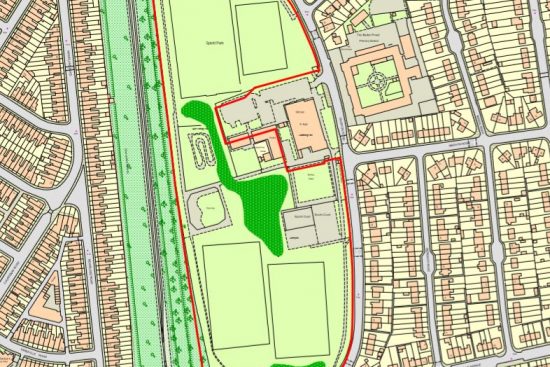Nature in Cardiff will receive a boost this year as more ‘one-cut’ mowing regimes, where the grass is not cut until September are introduced.
Eleven zones in Splott and Tremorfa have been highlighted as ‘no mow’ sites as part of the Council’s One Planet response to the climate and biodiversity crisis. For more information on the Splott-specific sites, read here: https://www.inksplott.co.uk/the-one-cut-mowing-sites-planned-for-moorland-park-splott-park-and-tremorfa-park/
New sites are being introduced in parks and safe highway locations and cover an area of 3.8 hectares. These additional areas take the amount of council owned land managed in this way to 87 hectares (the equivalent of approximately 161 football pitches).
More than 9 of these 87 hectares are being managed with additional ‘cut and lift’ procedures, to remove the grass cuttings from the area and further improve conditions for flowering plants and enhance biodiversity.
Cabinet Member for Culture and Leisure, Cllr Peter Bradbury said:
“Every year, we receive significantly more requests from residents to cut the grass than we do to let it grow wild, but the decline in pollinators, which it’s important to remember our food supplies rely on, is worrying. We have to do the right thing and play our part in reversing that trend.
“Signs will be going up at the new sites to explain the value of this new way of managing grasslands, which over time, will help provide valuable habitats for wildlife. It’s really important that people understand why we’re doing this – it’s not about cutting costs, we know from previous years that any savings will be minimal, it’s about making the changes needed to address the challenges of the biodiversity and climate crises we are all facing.”
A mapping exercise, carried out over the last 12 months means that digital maps of these more sympathetically managed sites are now available for residents to view.
Biodiversity monitoring work is being carried out across these sites to establish the range of different species already present on these sites. This information will be used to inform future plans so that sites with the widest range of existing biodiversity can be prioritised for further support, such as the introduction of ‘cut and lift’ procedures, or the division of sites into sections which can be mowed in alternate years, ensuring there is always an unmown area at the site to support wildlife during the winter months.



